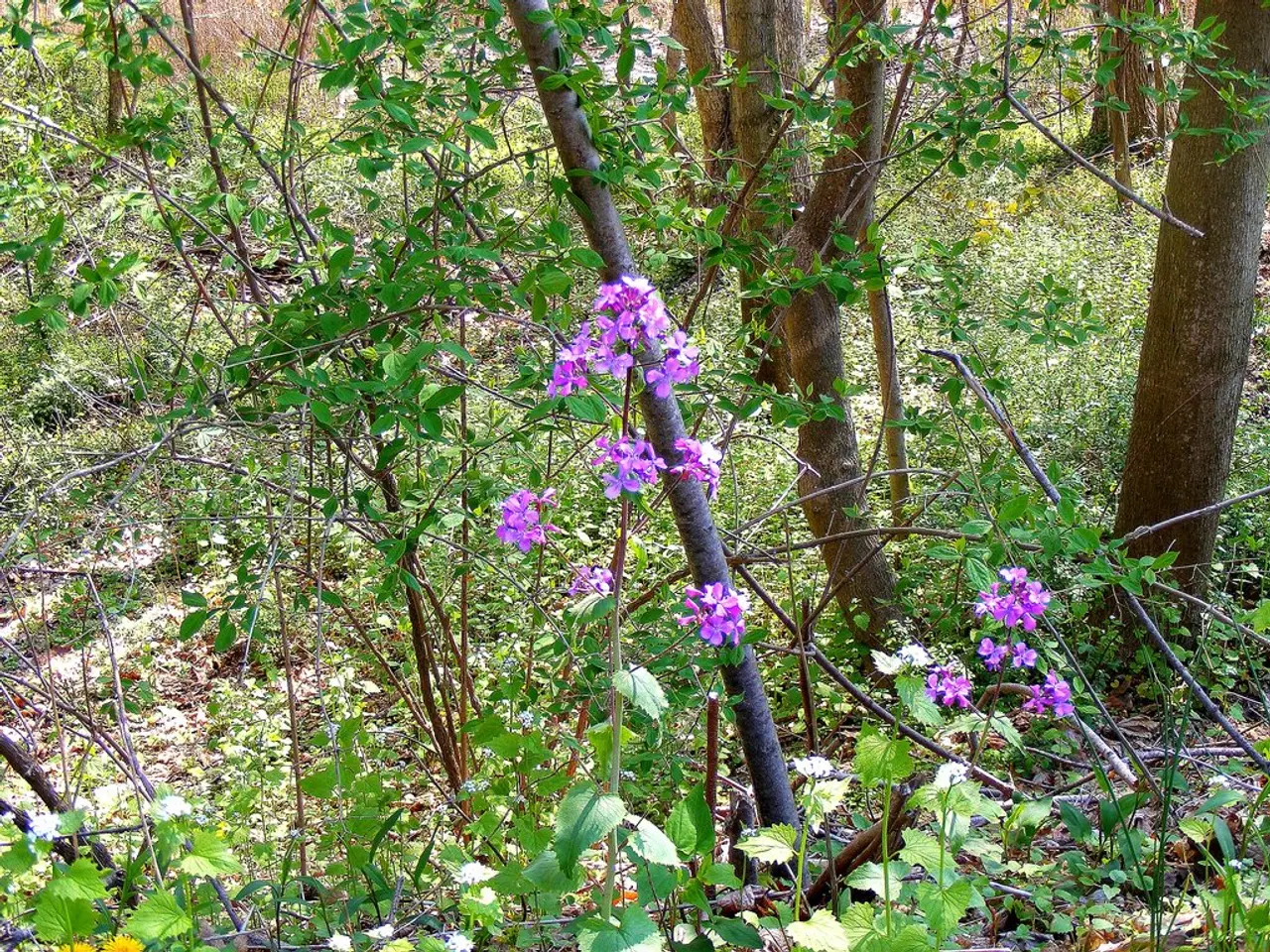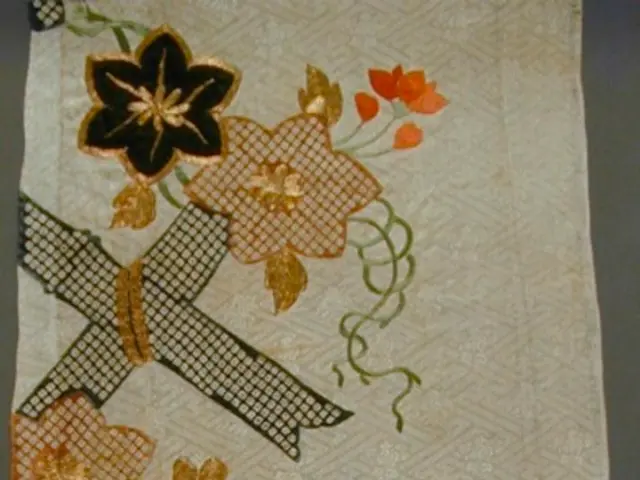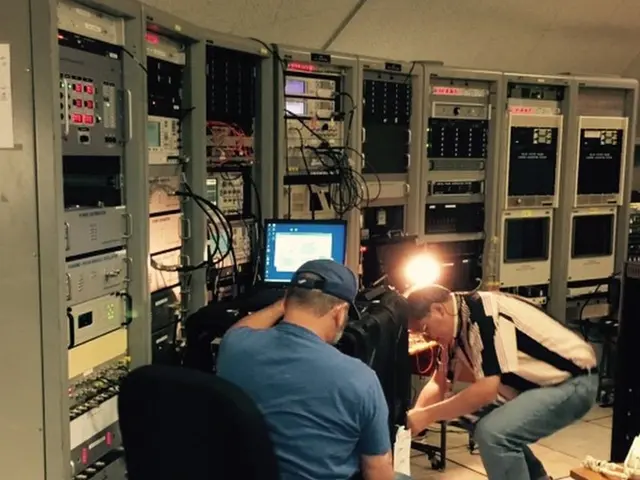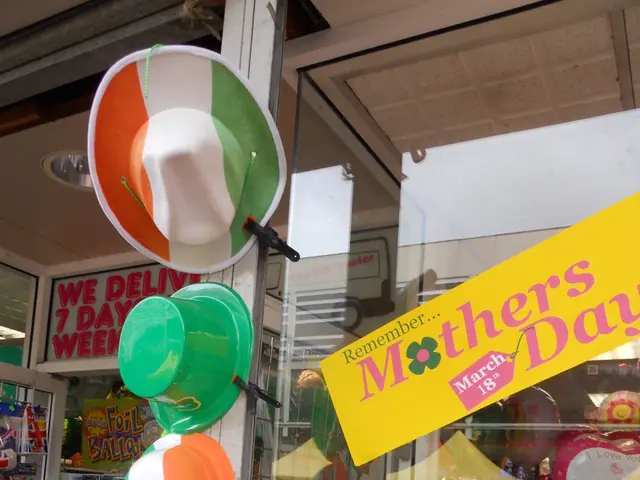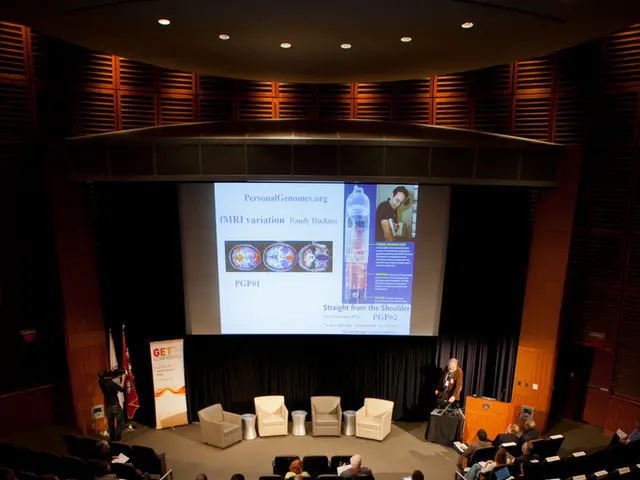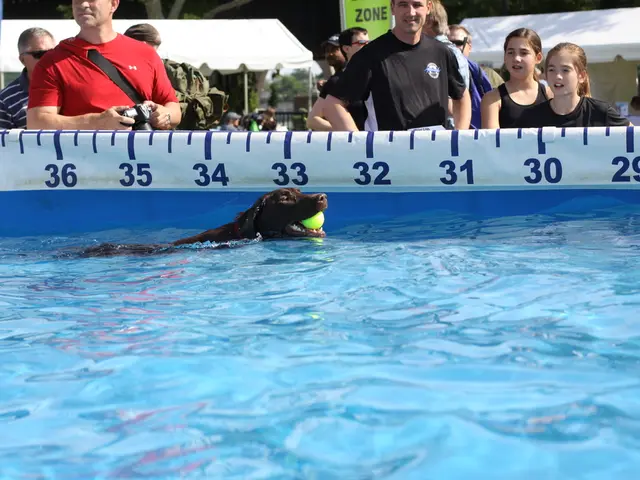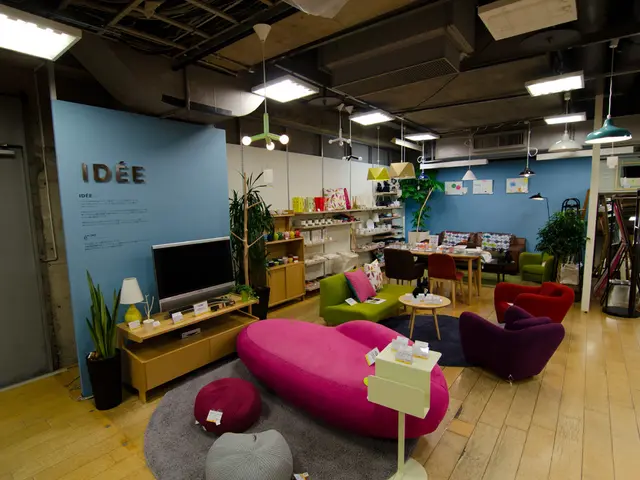Gardens With a Limited Space? Explore 8 Compact Flowering Dwarf Trees That Will Add Charm
In the realm of gardening, choosing the right plants for your specific climate is crucial. Here, we delve into a selection of plants that thrive in different conditions, from the cold-hardy Purpleleaf sand cherry to the sun-loving Crape myrtle.
Crape Myrtle
Known as crepe myrtle or crêp myrtle, this group of about 50 native plants from India offers vibrant colour all summer long. A versatile addition to any garden, Crape myrtles can grow as specimen plants, in containers, as hedges or screens, or as borders. They are suitable for hot-summer climates in USDA Hardiness Zones 7 through 9 and are relatively safe next to sidewalks and foundations due to their fibrous roots.
Purpleleaf Sand Cherry
The Purpleleaf sand cherry is a striking tree with purple leaves and white flowers, growing up to 12 feet tall and suitable for USDA Hardiness Zones 4 through 8. This plant matures into a leggy bush or a small tree depending on the length and warmth of summers where it is grown. It is cold-hardy in USDA Hardiness Zone 2 but is unlikely to survive summers in USDA Hardiness Zones 8 through 12. The Purpleleaf sand cherry grows low enough to be safe under power lines and its roots are safe near sidewalks or pavement.
Citrus Trees
All citrus trees are sensitive to cold and frost. While lemons, oranges, and grapefruit grow best in USDA Hardiness Zones 9 through 11 outdoors, kumquats, Meyer lemons, and sour oranges can be found growing in USDA Hardiness Zone 8. Dwarf citrus trees, popular worldwide, provide year-round greenery, scented blossoms, and delicious fruit. They can be grown in pots with no limitations of soil and climate.
Red Dogwood
Red dogwood thrives in humid summers but is set back by drought. This tree pops out in red blossoms in early spring and is covered with glossy red fruit in the fall and early winter. Red dogwood trees remain 10 to 15 feet tall, gradually spreading out instead of growing up.
Smoketree or Smokebush (Cotinus)
Originating from regions in Europe, North Africa, and Asia, the Smoketree or Smokebush is a striking addition to any garden. Its leaves turn a deep red in the autumn, and in the summer, it produces plumes of pink, smoky-looking flowers.
Downy Serviceberry
Downy serviceberry is a tree that grows taller than many on this list, reaching a height of 15 to 25 feet. It offers all-season beauty with white clusters of blossoms in early spring, plump, red berries in late summer, and red and golden foliage in the fall. Suitable for USDA Hardiness Zones 4 through 9, Downy serviceberry should not be planted closer than 15 feet to foundations, sidewalks, swimming pools, or fish ponds.
Prairiefire Flowering Crabapple
The Prairiefire flowering crabapple is an apple tree with dark pink to red blossoms every spring and changing leaf colors throughout the year. It grows up to 20 feet tall and is suitable for USDA Hardiness Zones 3 through 8.
Pureleafed Sand Cherries
The pureleafed sand cherries you find in nurseries are grafted to specific rootstocks that determine their final height. The fruits of the purpleleaf sand cherry are extremely tart but edible.
Read also:
- Budget cuts at federal and state levels jeopardize advancements in fighting HIV and AIDS within Dallas County
- Debating the legitimacy of Borderline Schizophrenia as a distinct mental health disorder?
- Expanding Human Milk Fortifier Industry Predicted to Reach USD 9.9 Billion by 2034
- Struggles with fertility in individuals with cystic fibrosis, affecting both males and females, and potential approaches for fertility treatment
